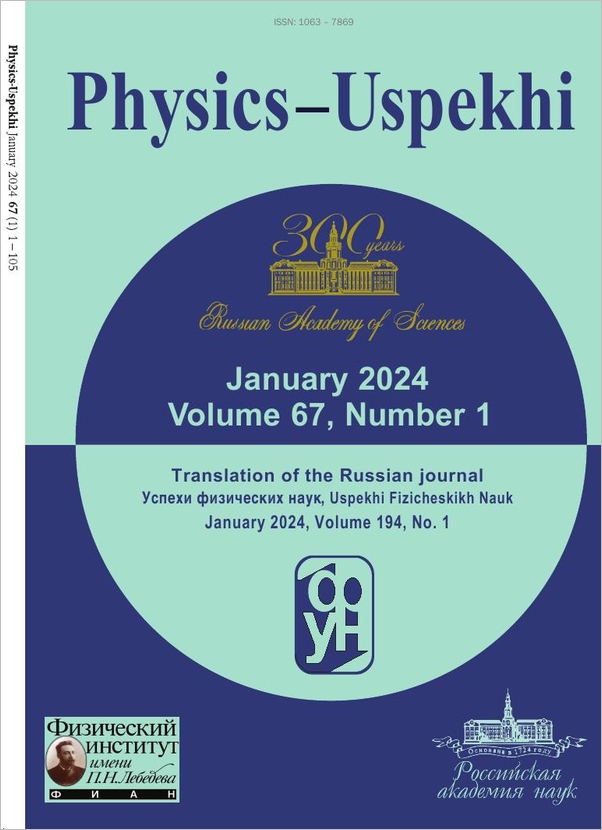|
This article is cited in 1 scientific paper (total in 1 paper)
REVIEWS OF TOPICAL PROBLEMS
Achieving high resolution in Earth-based optical astronomy
A. Tokovinin, P. V. Shcheglov
P. K. Sternberg Astronomical Institute
Abstract:
Progress in astronomy is now a function of unexpected discoveries that have resulted from improvement of its instruments, and specifically of methods for observation of fainter objects and observation with higher angular resolution. The resolution of ordinary astrophotographs obtained with long exposure times is the same for all objects brighter than the limit and is determined only by the atmospheric turbulence generated at existing observatories by orographic atmospheric circulation disturbances. A serious effort to find localities where these disturbances are minor and where the atmosphere is closer to free would make it possible to increase the amount of clear-sky time with images that are very good by present standards (0.5–1$^{\prime\prime}$ in a long exposure) to several times those that prevail at existing observatories. Nonclassical, interference methods deliver much better (by factors up to 10$^3$) resolution at the cost of very insignificant (factors up to 10$^3$–10$^4$) deterioration of the ability to register faint objects. The Michelson interferometer at its modern technical level and speckle interferometry are most promising among these methods. Their sensitivity limits are determined by the quantum nature of light and depend strongly, $\sim\beta^{-2}$, on long-exposure image quality. The intensity interferometer gives even better (now down to 10$-3^{\prime\prime}$) resolution, but its low sensitivity permits the use of this method only for bright stars. Adaptive optics does not appear to be widely useful in the astronomy of faint objects. A generalized relation is given for sensitivity as a function of resolution in the various techniques for resolution improvement, and prospects for their future development are discussed.
Citation:
A. Tokovinin, P. V. Shcheglov, “Achieving high resolution in Earth-based optical astronomy”, UFN, 129:4 (1979), 645–670; Phys. Usp., 22:12 (1979), 960–974
Linking options:
https://www.mathnet.ru/eng/ufn9430 https://www.mathnet.ru/eng/ufn/v129/i4/p645
|


| Statistics & downloads: |
| Abstract page: | 64 | | Full-text PDF : | 48 |
|





 Contact us:
Contact us: Terms of Use
Terms of Use
 Registration to the website
Registration to the website Logotypes
Logotypes








 Citation in format
Citation in format 
